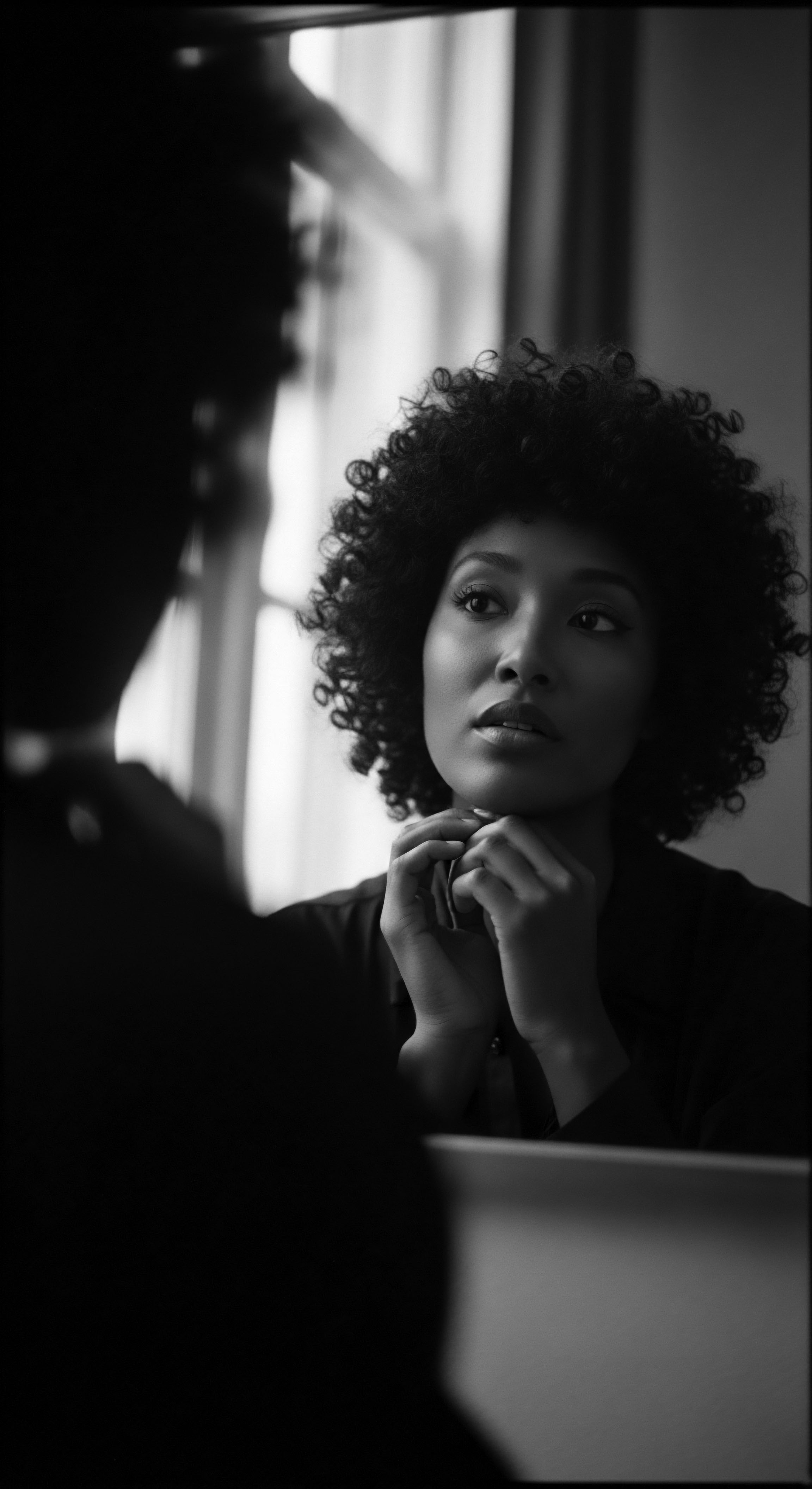
Fundamentals
Traditional Chinese Medicine, often recognized by its abbreviation TCM, presents a holistic framework for understanding human well-being, deeply rooted in ancient philosophies. This system of thought and practice, spanning millennia, perceives the body, mind, and spirit as an indivisible whole, interconnected with the rhythms of nature. At its most fundamental level, TCM posits that health is a reflection of internal balance, a harmonious flow of vital energy, known as Qi, and the dynamic interplay of opposing yet complementary forces, Yin and Yang. When these elements exist in a state of equilibrium, vitality flourishes.
When imbalance arises, dis-ease can manifest. This ancient understanding provides a lens through which to observe and interpret every aspect of human experience, including the condition of one’s hair.
The basic principles of TCM suggest that symptoms appearing on the body’s surface, such as changes in hair texture, growth, or luster, are not isolated occurrences. Instead, they serve as outward signals of deeper internal patterns of disharmony. For individuals with textured hair, whose heritage often links hair health to spiritual and communal vitality, this perspective holds particular resonance. The understanding of TCM begins with recognizing these core tenets, which guide practitioners in observing subtle cues to discern underlying systemic states.

Core Concepts of Vitality
The elemental building blocks of TCM’s diagnostic and restorative approaches include several key concepts, each contributing to a comprehensive picture of health.
- Qi ❉ This concept represents the life force or vital energy that animates all living things. It circulates through specific pathways in the body, known as Meridians, nourishing tissues and organs. A robust and unimpeded flow of Qi is essential for all bodily functions, including the nourishment of hair follicles.
- Yin and Yang ❉ These universal forces describe the duality inherent in all phenomena—light and dark, hot and cold, activity and rest. In the body, Yin represents cooling, moistening, and substantial aspects, while Yang embodies warmth, activity, and functional processes. A balanced relationship between Yin and Yang is vital for health, reflecting in hair that is neither excessively dry nor oily, possessing both strength and pliability.
- Blood ❉ While similar to the Western concept of blood, in TCM, Blood carries a broader meaning, encompassing not only the physical fluid but also its nourishing and moistening qualities. It is understood as a vehicle for Qi and a source of sustenance for tissues, including the scalp and hair. Lustrous, well-nourished hair is considered a direct manifestation of healthy Blood.
- Jing (Essence) ❉ Often described as the fundamental life essence, Jing is stored in the Kidneys and represents the body’s inherited constitution and reserve energy. It governs growth, development, and reproduction. Strong Jing is associated with robust hair, preventing premature graying and thinning.
These concepts, while ancient, provide a lens for contemporary understanding of hair’s relationship to overall well-being, echoing ancestral wisdom that recognized hair as a barometer of internal harmony.
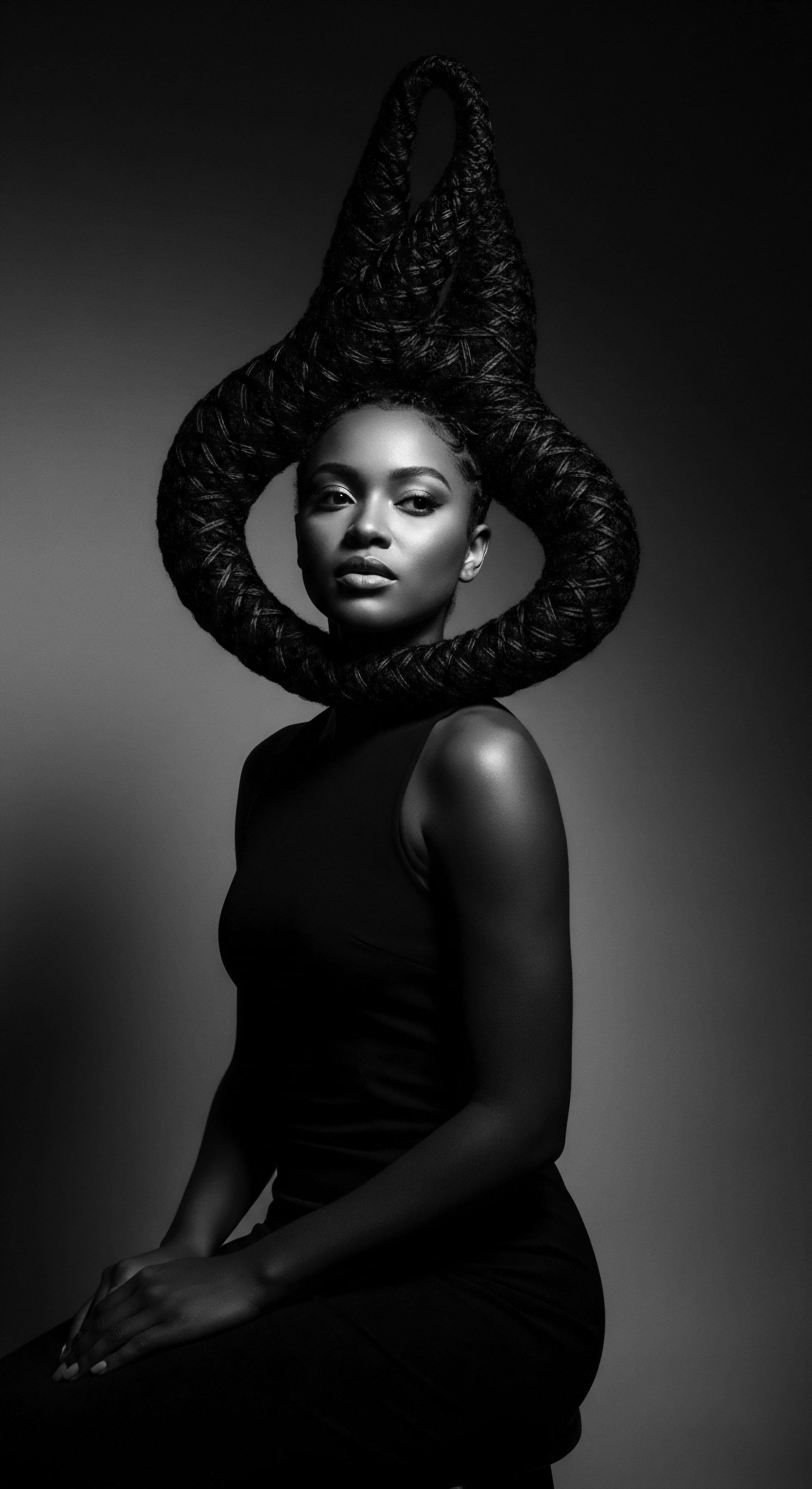
Initial Interpretations for Hair Health
From this foundational understanding, initial connections to hair health become apparent. When considering textured hair, which often possesses unique structural characteristics and moisture requirements, TCM offers an explanatory framework for common concerns. For instance, a person experiencing dryness or brittleness in their coils might, through a TCM lens, be understood as having a deficiency in Blood or Yin, which fail to adequately moisten the hair strands. Conversely, excessive oiliness or scalp irritation could point to an accumulation of dampness or heat within the body.
Traditional Chinese Medicine offers a holistic perspective, viewing hair as a vibrant indicator of the body’s internal balance and ancestral vitality.
These initial interpretations are not prescriptive solutions but rather starting points for a deeper inquiry into the individual’s unique energetic blueprint, always honoring the historical recognition of hair as a profound expression of self and heritage.

Intermediate
Stepping beyond the foundational concepts, an intermediate understanding of Traditional Chinese Medicine begins to delineate the intricate web of organ systems and their specific roles in sustaining hair health. TCM’s internal organ systems, known as Zang-Fu, differ from Western anatomical definitions, embodying broader functional relationships and energetic influences. The state of these organs, particularly the Kidneys, Liver, and Spleen, is considered paramount to the vitality of the hair and scalp. These systems do not operate in isolation; rather, they form a delicate ecosystem within the body, where the health of one profoundly impacts the others, and by extension, the health of hair.
The wisdom passed down through generations within TCM practices illuminates how these internal landscapes shape external manifestations, including the very texture and resilience of one’s strands. This perspective aligns with ancestral understandings across various cultures, where hair was never merely an adornment but a living chronicle of one’s journey and inner state.

Organ Systems and Hair Nourishment
A closer look at the Zang-Fu organs reveals their specific contributions to hair’s well-being ❉
- Kidneys ❉ Revered as the “root of vitality,” the Kidneys store Jing (essence) and govern growth, development, and reproduction. They are intimately connected to the health of bones, marrow, and by extension, the hair. When Kidney Jing is robust, hair tends to be thick, lustrous, and maintains its natural color. A decline in Kidney Jing, often associated with aging, can manifest as premature graying or thinning hair.
- Liver ❉ The Liver is responsible for storing and regulating Blood, ensuring its smooth circulation throughout the body. It also governs the tendons and nails. Adequate Liver Blood provides nourishment to the hair follicles, promoting healthy growth and preventing dryness or brittleness. Stagnation of Liver Qi or deficiency of Liver Blood can lead to dull, brittle hair or even hair loss.
- Spleen ❉ The Spleen (along with the Stomach) transforms food and drink into Qi and Blood, making it the primary source of acquired energy and nourishment for the entire body. A strong Spleen ensures sufficient production of Blood to feed the hair. When the Spleen’s function is compromised, often due to poor diet or excessive worry, it can result in insufficient Blood, leading to lackluster, fragile hair or hair loss.
These interconnections highlight a comprehensive view of hair health that extends far beyond topical treatments, urging a deeper consideration of internal cultivation.

Pattern Delineation and Tailored Approaches
TCM’s diagnostic approach, known as Pattern Differentiation, involves observing a constellation of symptoms to identify the underlying imbalance. This is not a search for a singular disease but a recognition of a unique energetic signature within an individual. For textured hair, this means that a specific concern, such as excessive shedding or dryness, might be addressed differently depending on the individual’s overall pattern.
For example, dry, brittle coils might be attributed to Blood Deficiency if accompanied by pale complexion, fatigue, and scanty menstruation. Alternatively, if accompanied by night sweats, five-palm heat, and dizziness, it might indicate Yin Deficiency of the Kidneys and Liver. This nuanced understanding allows for highly personalized care, reflecting a wisdom that echoes the personalized care traditions within many ancestral communities, where remedies were often tailored to the individual’s specific constitution and life circumstances.
Hair’s condition, from texture to sheen, offers a profound glimpse into the body’s internal organ harmony within Traditional Chinese Medicine.
TCM modalities, such as herbal medicine, acupuncture, and dietary therapy, are then employed to restore balance to these identified patterns.
| TCM Organ System Kidneys |
| Primary Function (TCM) Store Jing (Essence), govern growth and development. |
| Hair Manifestations of Imbalance Premature graying, hair thinning, brittle strands. |
| TCM Organ System Liver |
| Primary Function (TCM) Store Blood, regulate Qi flow, govern tendons. |
| Hair Manifestations of Imbalance Dull, dry, brittle hair, excessive shedding, scalp irritation. |
| TCM Organ System Spleen |
| Primary Function (TCM) Transform food into Qi and Blood, govern digestion. |
| Hair Manifestations of Imbalance Lackluster hair, hair loss, overall fragility, poor hair nourishment. |
| TCM Organ System Understanding these deep connections guides a more profound approach to textured hair wellness, moving beyond superficial solutions. |
The recognition that external hair health is intrinsically linked to internal physiological and energetic states allows for a more enduring and root-cause oriented approach to care, inviting a deeper connection to the body’s inherent wisdom. This approach honors the complex heritage of textured hair, acknowledging its deep-seated relationship with overall well-being.
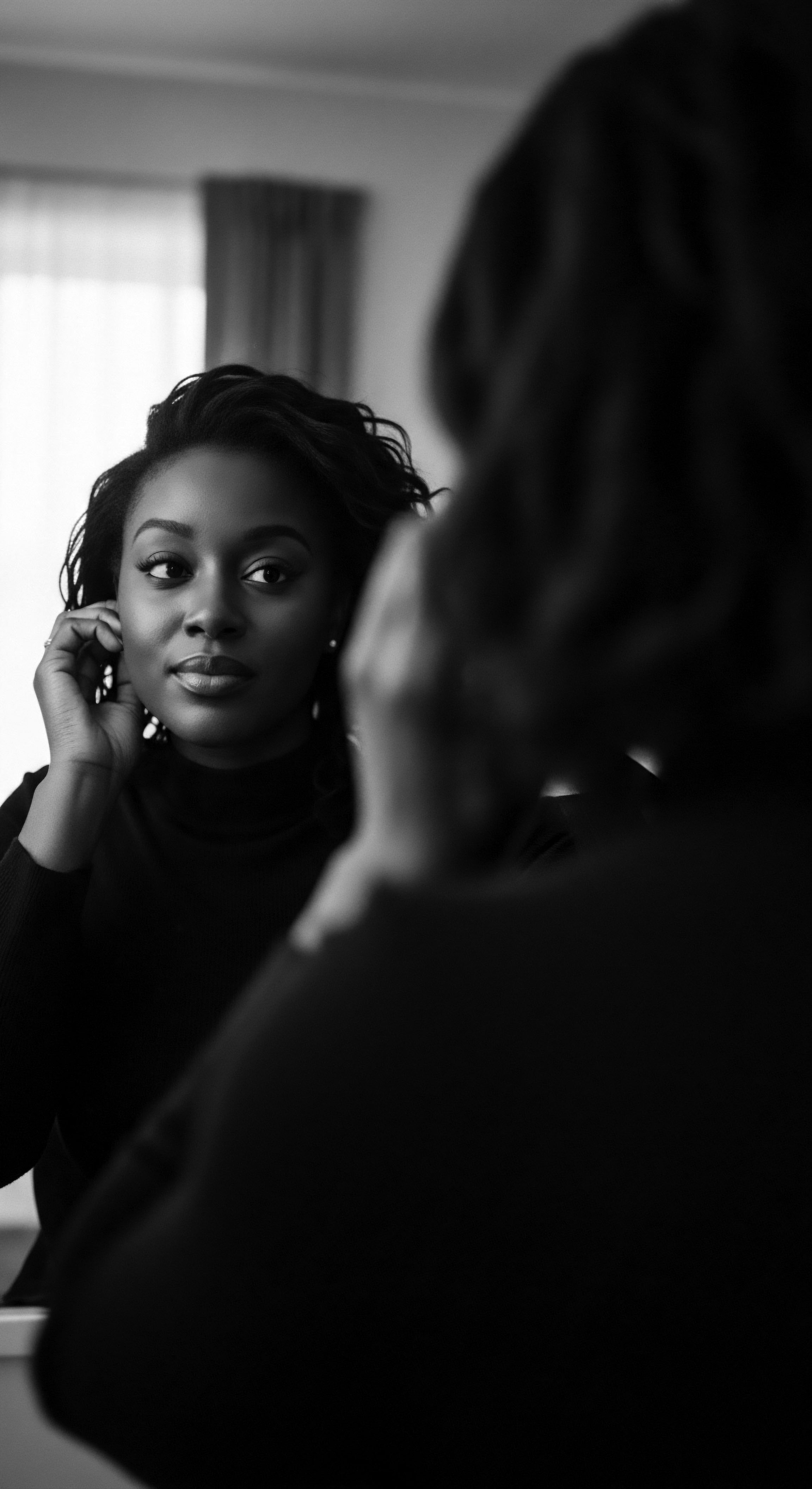
Academic
The academic elucidation of Traditional Chinese Medicine transcends a mere enumeration of its parts, instead offering a profound conceptualization of health as an ever-shifting equilibrium, a dance of vital forces within the human form. This perspective, deeply embedded in ancient texts like the Huang Di Nei Jing (Yellow Emperor’s Inner Canon), regards the human body not as a collection of isolated systems but as a miniature cosmos, mirroring the larger natural world. The academic interpretation of TCM rests upon the principle of Holism, where every sign and symptom, every shade of skin, every texture of hair, is a significant piece of a larger diagnostic puzzle, reflecting the intricate interplay of Qi, Blood, Yin, Yang, and the functional relationships of the Zang-Fu organs.
This conceptual framework moves beyond a simplistic cause-and-effect model, instead focusing on identifying overarching patterns of disharmony unique to each individual. The meaning of health, from this academic vantage, is not merely the absence of disease but a dynamic state of flourishing, where the body’s innate self-healing capacities are fully expressed. This includes the vibrant manifestation of healthy hair, which in TCM is often considered the “surplus of Blood” and a reflection of Kidney essence. The elucidation of TCM, therefore, requires an appreciation for its intricate theoretical underpinnings and its centuries-long empirical refinement.

The Epistemology of TCM ❉ A Systems Approach
From an academic viewpoint, TCM functions as a sophisticated systems biology, predating modern scientific nomenclature by millennia. Its diagnostic methods—observation, listening, inquiry, and pulse examination—are designed to perceive subtle systemic shifts rather than isolated pathologies. This methodological approach allows practitioners to discern complex interconnections that might elude a reductionist perspective.
For instance, hair loss, while a common concern, is not treated as a singular ailment but as a symptom arising from specific patterns of imbalance, such as Blood Deficiency, Kidney Jing Deficiency, or Liver Qi Stagnation. The rigorous academic inquiry into TCM seeks to understand how these ancient patterns correlate with contemporary physiological understandings, recognizing that the language of TCM describes complex biological phenomena through a distinct, historically evolved lexicon.
TCM’s diagnostic methods reveal complex patterns of disharmony, offering a unique understanding of hair health as a systemic reflection.
The inherent complexity of TCM formulae, often involving multiple herbs in precise combinations, reflects this systems-level thinking. Each herb is selected not for a single chemical compound, but for its energetic properties and its capacity to interact synergistically within the larger formula, addressing the root pattern of disharmony. This approach stands in contrast to the single-target drug model often prevalent in Western pharmacology, necessitating a different evaluative framework for its efficacy and safety.

Ancestral Echoes ❉ Textured Hair and Shared Vitality Paradigms
The profound resonance between Traditional Chinese Medicine and the heritage of textured hair lies not in direct historical exchange—though global trade routes did carry botanical knowledge—but in a shared, ancient understanding of vitality and the body’s interconnectedness. Many traditional African societies, like their counterparts in ancient China, regarded hair as far more than an aesthetic feature. Hair served as a potent symbol of identity, social status, spiritual connection, and overall well-being. As Ayana Byrd and Lori Tharps (2001) document in Hair Story ❉ Untangling the Roots of Black Hair in America, the significance of hair in African cultures, dating back to the fifteenth century, communicated lineage, tribal affiliation, marital status, and even spiritual beliefs.
Vibrant, well-kept hair was often seen as a direct manifestation of inner strength, spiritual harmony, and communal belonging. This perspective aligns remarkably with TCM’s view of hair as an outward expression of internal vitality, particularly the abundance of Kidney essence and Blood.
Consider the historical emphasis on nourishing practices for hair across the African diaspora. Traditional methods involved the use of natural oils, butters like shea butter, and various plant extracts to maintain moisture, strength, and elasticity in textured strands. These practices, often communal and ritualistic, were not merely cosmetic; they were integral to preserving physical and spiritual health, reflecting a holistic philosophy where external care supported internal balance. While the theoretical underpinnings differed, the practical application of plant-based remedies to support hair health and the recognition of hair as a diagnostic indicator of internal state create a compelling conceptual bridge between these distinct traditions.
For example, the concept of Qi in TCM, representing circulating life force, finds a parallel in various African traditional medicine systems that speak of a vital force or life energy animating the body. In Yoruba tradition, this vital force is often termed Ashe, a spiritual power that manifests in all aspects of existence. Just as a robust flow of Qi ensures nourishment for hair in TCM, the harmonious flow of ashe in African cosmology would contribute to healthy, vibrant hair, seen as a conduit to ancestral wisdom and spiritual power.
When this vital force is disrupted, hair health, along with overall well-being, suffers. This conceptual convergence underscores a profound, ancient wisdom shared across diverse healing traditions ❉ the understanding that hair is a living extension of one’s entire being, intimately connected to the energetic and spiritual core.
The deep connection between hair and identity in Black and mixed-race experiences, documented through centuries of cultural practices and historical struggles, finds an academic echo in TCM’s emphasis on hair as a diagnostic marker of internal health. For instance, the historical practice of maintaining long, healthy hair in ancient China, regarded as a sign of vitality and even immortality in some Taoist traditions, mirrors the high cultural value placed on robust hair within many African societies. The emphasis on dense, black hair as a symbol of health and beauty in ancient Chinese cosmetology further illustrates this parallel reverence for hair as an indicator of a thriving inner state.

Contemporary Applications and Future Trajectories
The academic study of TCM continues to seek rigorous methods for validating its efficacy through modern scientific lenses, while simultaneously preserving its unique theoretical integrity. This involves exploring the pharmacological properties of traditional herbs and the physiological effects of practices like acupuncture on blood flow and nutrient delivery to the scalp. For textured hair, this means exploring how TCM principles might offer personalized strategies for common concerns like dryness, breakage, or scalp conditions, which often stem from systemic imbalances rather than just external factors.
The future trajectory of TCM, particularly in its intersection with textured hair care, lies in a respectful, informed integration. This involves ❉
- Biomolecular Exploration ❉ Identifying the specific compounds in TCM herbs that modulate hair follicle activity or scalp health, and understanding their mechanisms of action through a contemporary scientific lens.
- Clinical Validation ❉ Conducting well-designed clinical trials to assess the efficacy of TCM formulations and practices for various textured hair concerns, recognizing the unique physiological characteristics of diverse hair types.
- Cultural Competence ❉ Ensuring that the application of TCM principles for textured hair is always culturally sensitive, acknowledging the deep historical and social significance of hair within Black and mixed-race communities.
- Personalized Wellness Paradigms ❉ Utilizing TCM’s pattern differentiation to create highly individualized hair care regimens that address internal imbalances contributing to external hair challenges, moving beyond a one-size-fits-all approach.
The academic definition of Traditional Chinese Medicine, when viewed through the specific lens of textured hair heritage, therefore becomes a compelling invitation to explore the profound interconnectedness of human health, ancestral wisdom, and the enduring vitality of cultural practices. It is a call to recognize the hair, particularly the resilient and expressive textured strand, as a living archive of history, identity, and holistic well-being.
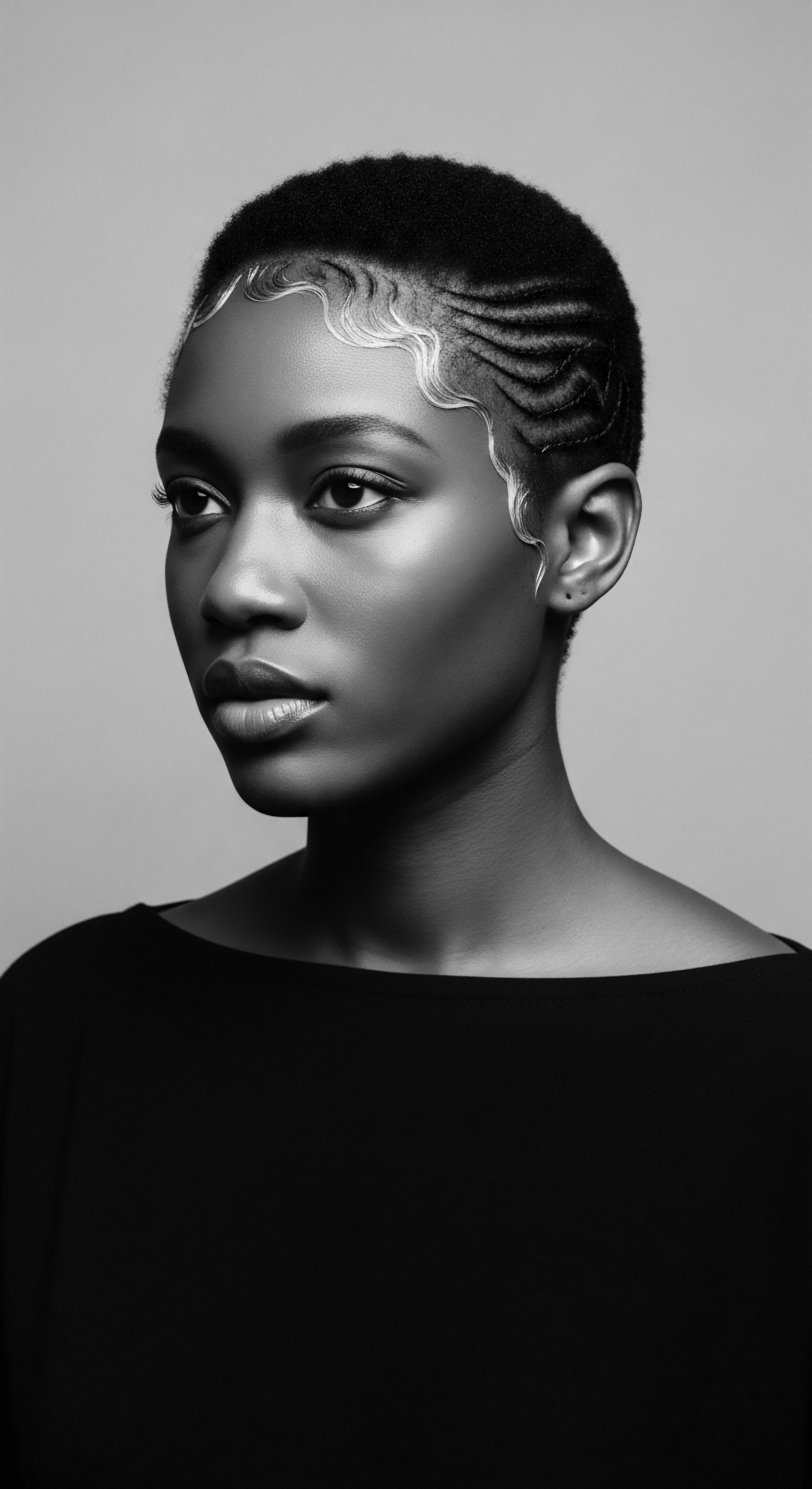
Reflection on the Heritage of Traditional Chinese Medicine
The journey through the definition of Traditional Chinese Medicine, especially when viewed through the shimmering lens of textured hair heritage, unveils a profound understanding of interconnectedness. It is a gentle reminder that our strands, whether tightly coiled or softly waved, are not merely external adornments but vibrant extensions of our inner landscapes, repositories of ancestral stories, and barometers of our holistic well-being. The ‘Soul of a Strand’ ethos, with its reverence for every curve and coil, finds a deep echo in TCM’s ancient wisdom, which perceives hair as a living testament to the body’s vital forces. This enduring connection invites us to approach hair care not as a superficial act, but as a sacred ritual, a continuation of practices that have nourished generations.
As we contemplate the meaning of TCM for textured hair, we are called to consider how ancient insights, born from observations of nature and the human condition, can illuminate our contemporary experiences. The recognition that hair health is inextricably linked to the harmony of our internal systems—our Qi, Blood, Jing, and the delicate balance of our organs—encourages a more compassionate and comprehensive approach to self-care. It suggests that true hair vitality emerges from a place of deep listening to the body’s whispers, honoring its rhythms, and providing nourishment that resonates from within. This is a legacy of wisdom, passed down through the ages, urging us to see our hair not just as it is, but as a living bridge to our past, a testament to our resilience, and a vibrant canvas for our future.
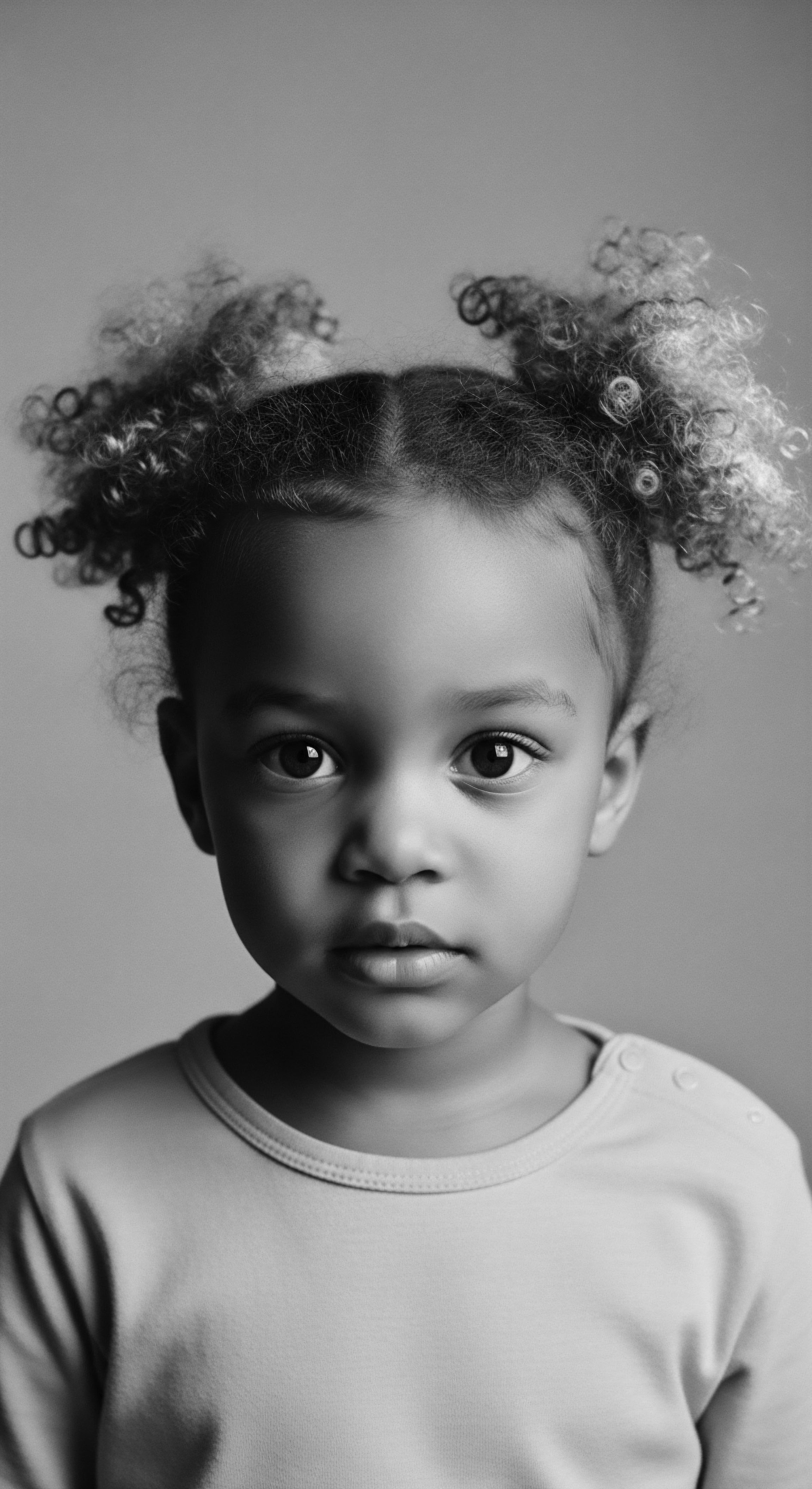
References
- Byrd, A. & Tharps, L. (2001). Hair Story ❉ Untangling the Roots of Black Hair in America. St. Martin’s Press.
- Kaptchuk, T. J. (2000). The Web That Has No Weaver ❉ Understanding Chinese Medicine. Contemporary Books.
- Maciocia, G. (1989). The Foundations of Chinese Medicine ❉ A Comprehensive Text for Acupuncturists and Herbalists. Churchill Livingstone.
- Ni, M. (1995). The Yellow Emperor’s Classic of Medicine ❉ A New Translation of the Neijing Suwen with Commentary. Shambhala Publications.
- Palmer, R. F. (2008). African Hair ❉ Its Cultural and Social Significance. University Press of America.
- Ross, I. A. (2003). Medicinal Plants of the World ❉ Chemical Constituents, Traditional and Modern Medicinal Uses (Vol. 3). Humana Press.
- Wu, J. N. (2005). Traditional Chinese Medicine ❉ A New Look at the Ancient Art of Healing. Haworth Press.
- Akerele, O. (1993). Summary of WHO Guidelines for the Assessment of Herbal Medicines. HerbalGram, 28, 13-19.
- Sims, T. E. & Davis, A. (Eds.). (2018). The Hair of the Ancestors ❉ Hair and Identity in the African Diaspora. University of Georgia Press.
- Craig, M. L. (2007). The Cultural Politics of Hair. Palgrave Macmillan.
